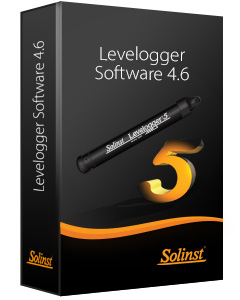RRL Stations are designed to fit inside 4.5" (115 mm) diameter wells for discrete placement.
Note:
For more information on installing Leveloggers in the field, see the Levelogger User Guide.
Location and Communication Considerations
When using radio communication, you must take extra care when locating the Remote Stations. RRL radios communicate with each other via line-of-sight. They must be able to "see" each other in order to have effective communication. The path between radio antennas should not be through trees or perpendicular to the sides of flat buildings.
The communication distances given for each radio module, with standard antennas, are guidelines. Each project is site specific, and will require testing and planning before installing a RRL Network.
A communication range test can be performed prior to installation between the Home Station and the Remote or Relay Station using the RRL Remote Utility (see Section 5). Tests can be done using different Radio Power settings (see Section 4.1) to determine the ideal setup for your site. Always start with the lowest Radio Power setting, as this will conserve battery power. (Longer Report intervals will also conserve battery power).
Field tests will allow you to determine if you need an additional power source due to a higher Radio Power setting, or the addition of a higher gain antenna to increase communication distances. Adding a Relay Station should be the last option to increase your communication distance, or if there is an obstacle (such as buildings or trees) that you have to get your RF signal around.




